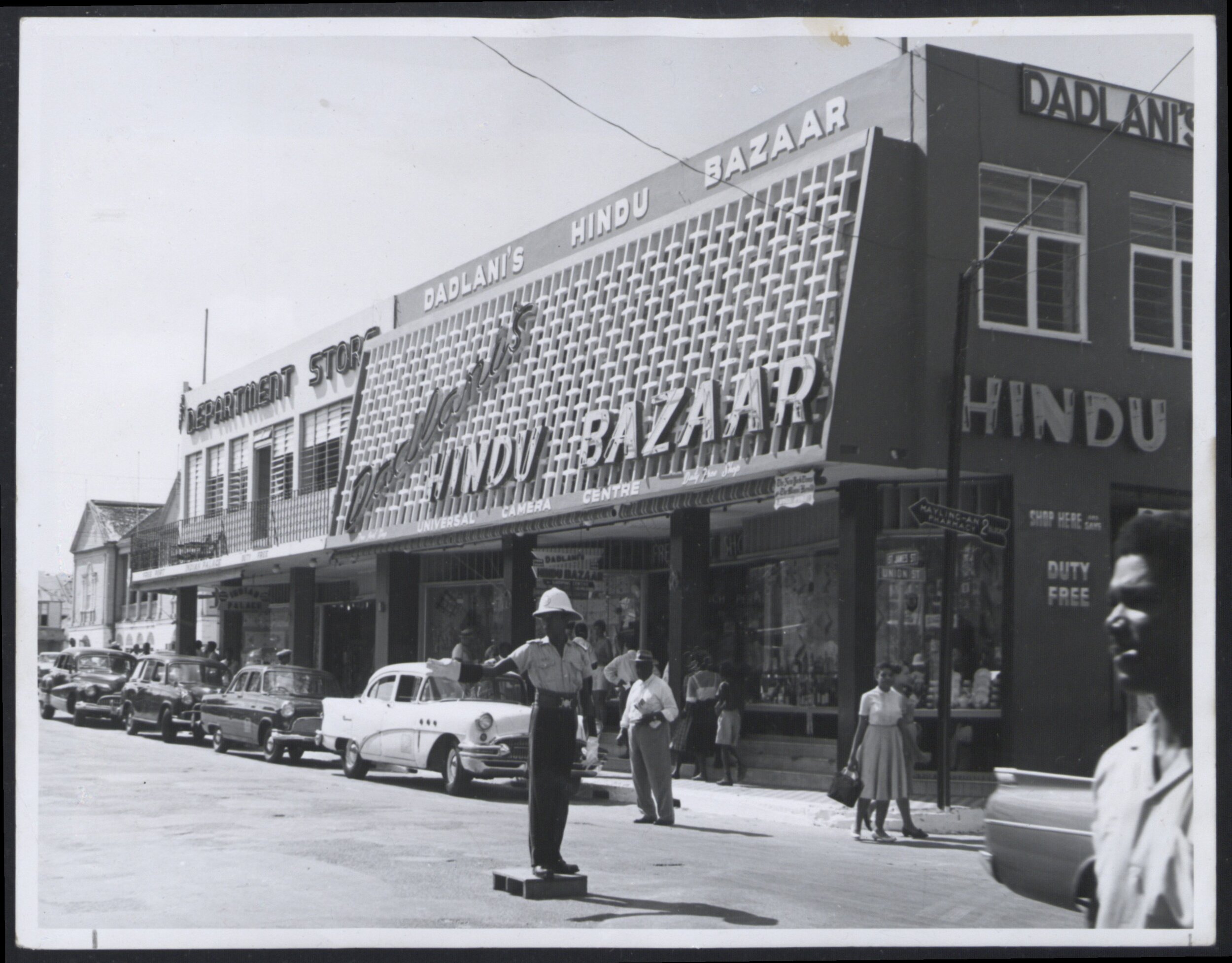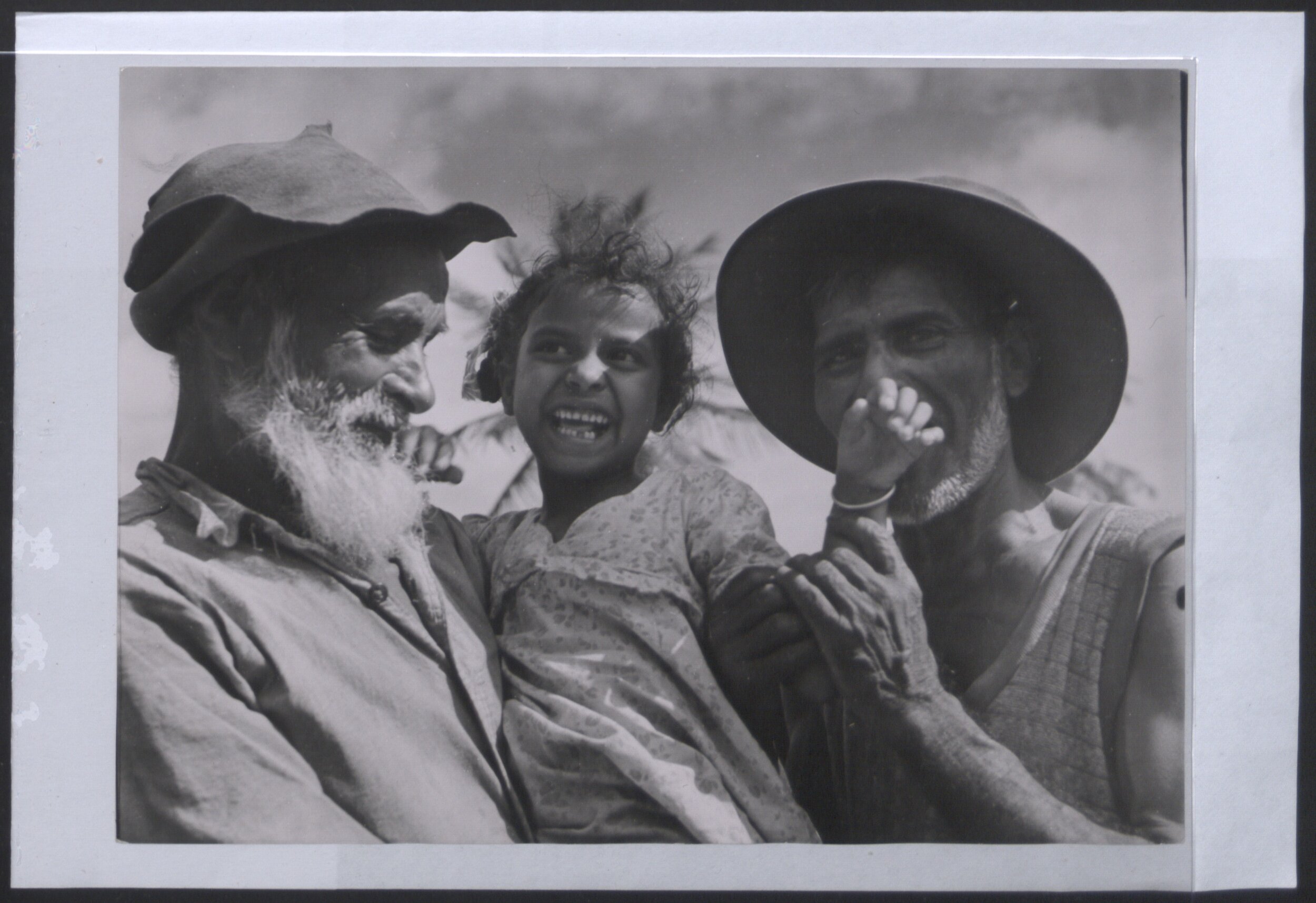
Public Articles
Some Reflections on the Indian Diaspora
Bhikhu Parekh 'Some Reflections on the Indian Diaspora', Journal of Contemporary thought, 1993.
Although Indians have travelled abroad for centuries as traders, pilgrims and missionaries, they, especially the Hindus, were antipathetic to migration. The Hindu way of life is marked by notions of purity and pollution, and feels threatened by migration. It is also closely bound up with the Indian soil in terms of its holy places, gods, goddesses, diet, dress, life cycle rituals, modes of worship, and so on, and feels disorientated and rootless outside India. Hindus have also traditionally regarded their civilization as the oldest and uniquely spiritual, and superior to most others. For these and other reasons they regarded migration as an act of disloyalty and desertion even betrayal, and strongly disapproved of it.
In the early decades of the nineteenth century, India had much surplus labour. Thanks to the new patterns of land settlement and revenue collection as well as the market economy introduced by the colonial government, the commonly held village lands began to disappear, peasants increasingly lost their lands to large land lords and money-lenders, and the relatively self-sufficient village life came under considerable stress. This led to acute poverty, social and economic dislocation and migration to the growing clusters of commercial towns and cities. Since many of these uprooted people had become internal migrants, the idea of migrating abroad did not hold much terror for them. In a country as large and diverse as India, internal migration often meant moving to places with unfamiliar customs and practices; external migration was no different. Even then there was some resistance, which was overcome by the reassurances that Fiji was "just round the corner" from Calcutta and that Trinidad, often called cheeni-dad (a land of sugar) was "not very far" either.
Indian labour took two forms, contract labour and indentured labour. The former, resembling the ordinary form of wage labour with the two way passage paid, was limited to Burma, Malaysia and Sri Lanka. It was recruited mainly from the Tamils and Telugus and continued between 1832 and 1937. Indentured labour, a wholly novel form of labour invented by the British and bearing the imprint of slavery which it had just replaced, was far more common. Under it the worker indentured or "contracted" himself to work for an employer for a fixed period, usually for five years. He lived on the plantation which he was forbidden to leave without a pass, worked unlimited hours, was barred from taking any other employment, and in case of misconduct subjected to financial penalty and physical punishment. In return he received a basic pay, free accommodation, food rations, and a fully or partially paid return passage to India. At the end of the contracted period, he could return home (about a third did), re-indenture generally on the promise of a free plot of land on the expiry of the contracted period (which most of them did), work elsewhere (which was rare) or buy a piece of land in the colony (which only a few of them could afford). Most Indians re-indentured either because of the promise of land, or because they needed more money to buy land or set up shops as artisans and craftsmen. Indentured labourers included women and children as well, and their working conditions were just as harsh. The number of women was restricted to the ratio of between one and four women to ten men.
The Hindu Family
When people migrate abroad, the institution of the family comes under great stress. It is embedded in the wider way of life and requires readjustment when transplanted into a different environment. The readjustment becomes particularly difficult in the case of such closeknit communities as the Hindus, whose family structure depends for support on a wider social network and is unused to functioning on its own. In the case of the indentured Hindus, another important factor complicated the situation. Thanks to the official policy of restricting the number of women to between one and four women per ten men, overseas Hindus had a highly skewed sex ratio. What was worse, most of them had neither the money nor the inclinatioia to take their wives to unfamiliar places. And since very few unmarried women from respectable families volunteered for migration, a significant proportion of indentured women consisted of beggars, divorcees from lower castes, girls who had run away from homes, widows without a social status, and even prostitutes. Immigration officials frequently complained about the disproportionate representation of women of "loose and depraved character," and unsuccessfully urged the Emigration Agents not to ship "the sweepings of the bazaars" of Calcutta.
